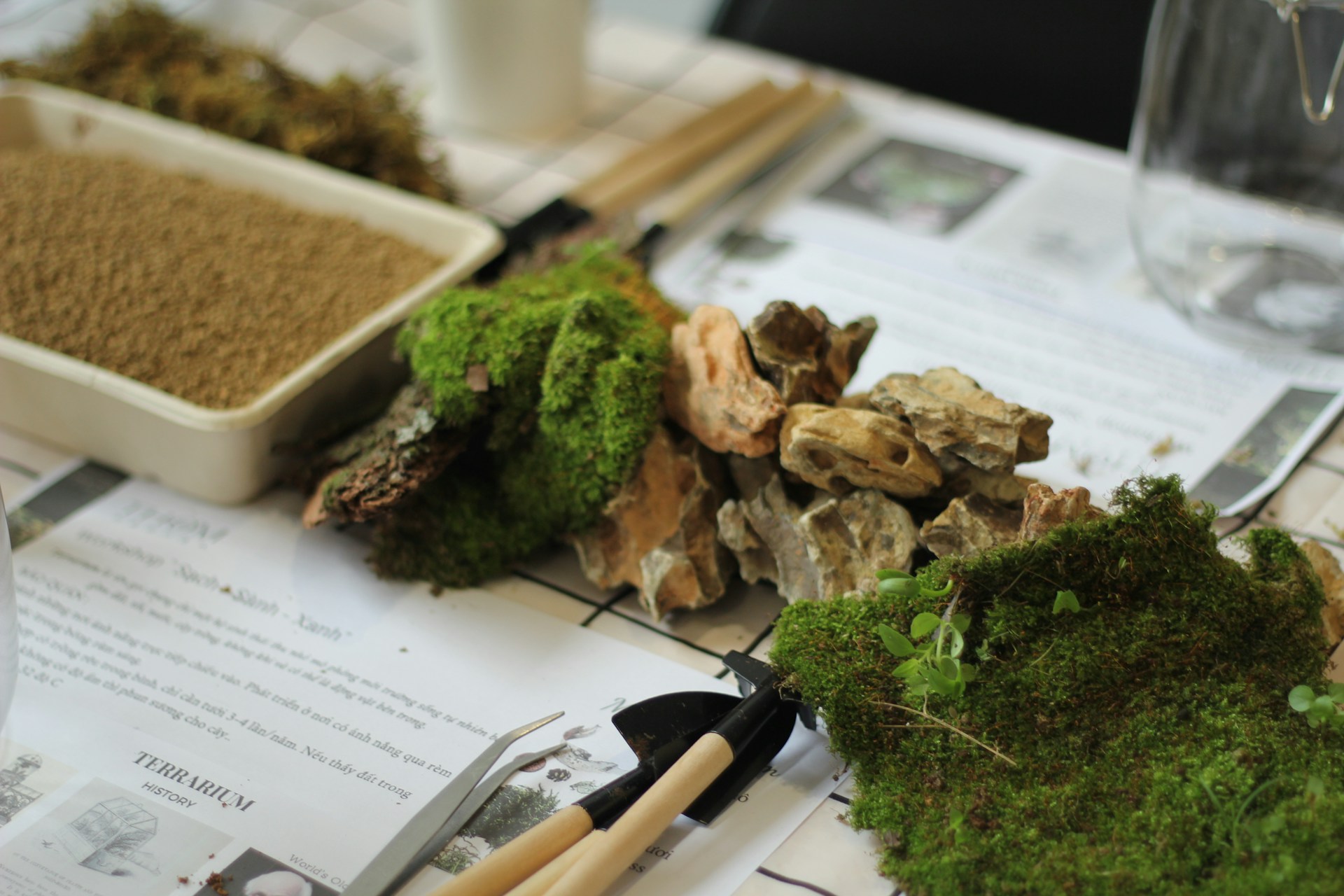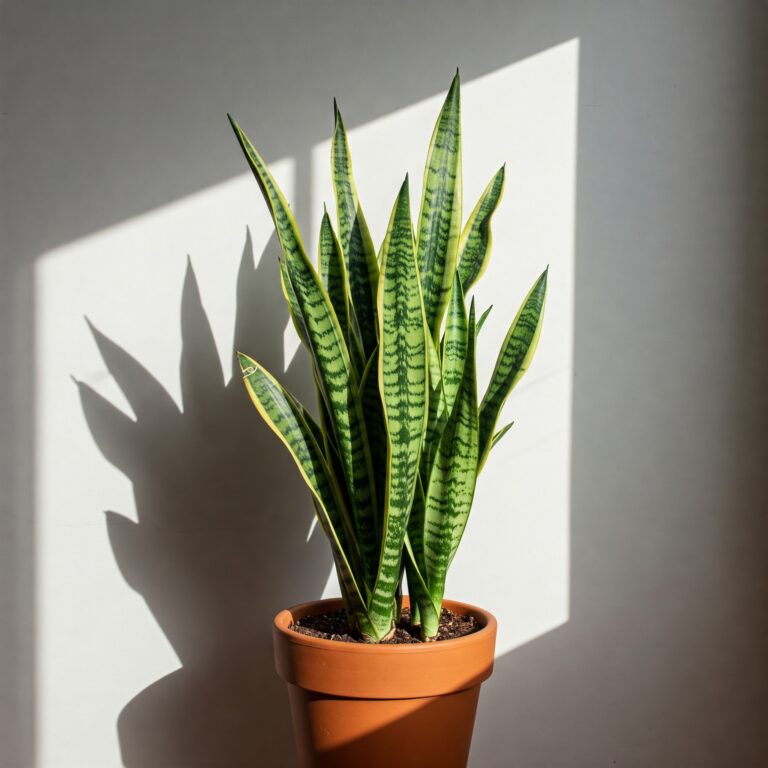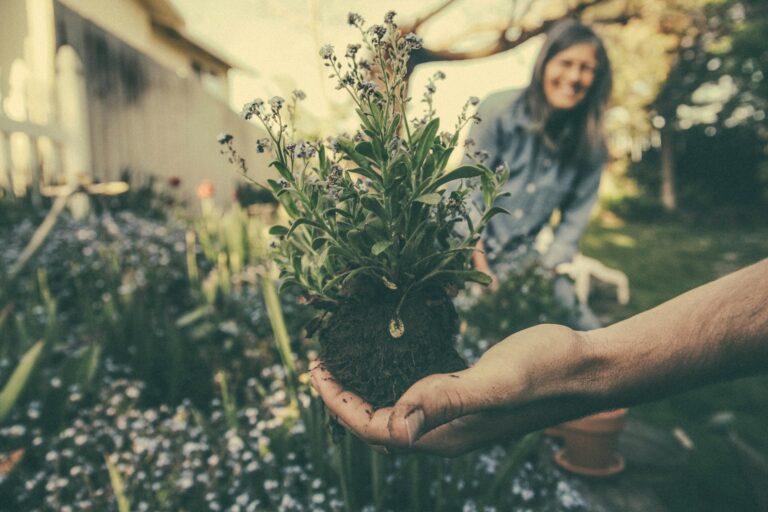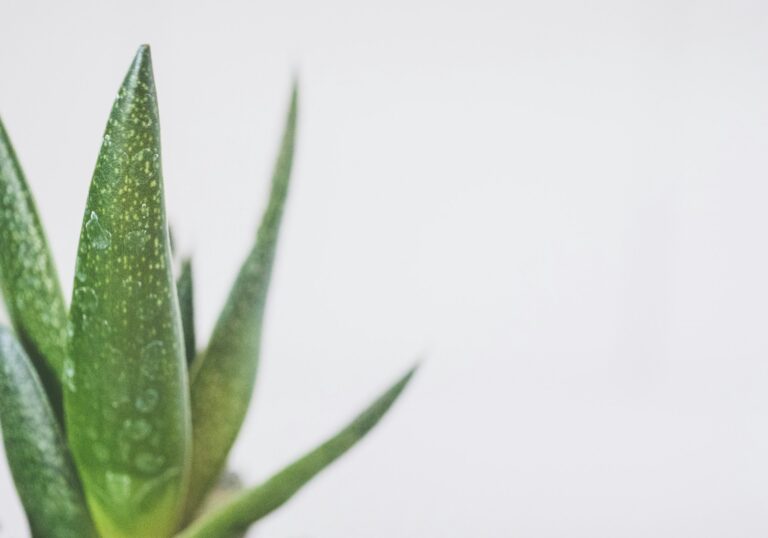The easiest method of adding a collection of new plants to your home is through propagation. It is easy, cheap, and effortless. The result is usually a new plant that is better than the mother.
In the world of propagation, there are various methods that you can use to propagate, such as soil, water, and Sphagnum moss propagation. Here we will look at sphagnum moss propagation to create new and healthy plants.
Sphagnum moss propagation is a method that you can use to produce new plants from leaves or cuttings. For some people, this method can be challenging compared to others; however, it’s more rewarding due to its water retention capabilities.
Once you understand the techniques and conditions conducive to its propagation, you can easily harness its benefits.
What is Sphagnum moss?
Sphagnum moss, also known as peat moss or bog moss, is a type of moss that belongs to the genus Sphagnum. The plant thrives in wetland environments, particularly peat bogs, swamps, and marshes. Sphagnum moss is characterized by its dense, cushion-like growth habit and ability to retain water.
Sphagnum moss comprises individual, thread-like cells known as hyaline cells, with large empty spaces that can absorb water like a sponge. These cells possess remarkable water-holding capabilities, enabling sphagnum moss to absorb and retain large amounts of water, up to 20 times its dry weight.
Sphagnum moss also has acidifying properties. It releases acidic compounds, such as sphagnol and sphagnan, which lower the pH levels of the surrounding environment. This acidification, combined with water retention, creates an inhospitable environment for many competing plant species, allowing sphagnum moss to dominate in wetland ecosystems.
It is commonly used in horticulture and gardening as a growing medium or plant substrate. The moss’s high water retention capacity makes it an excellent choice for moisture-loving plants, and its acidic properties make it suitable for acid-loving species such as orchids. Sphagnum moss is also utilized in the floristry industry for its decorative appeal in floral arrangements and wreaths.
Types of Sphagnum moss.
There are numerous species of sphagnum moss, each with its own unique characteristics and adaptations. Some of the commonly encountered types of sphagnum moss include:
- Sphagnum cuspidatum
- Sphagnum magellanicum
- Sphagnum palustre
- Sphagnum capillifolium
- Sphagnum fuscum
- Sphagnum subnitens
When purchasing Sphagnum moss, you can get dried/preserved or live Sphagnum moss.
Sphagnum moss propagation.
Everything you need for Sphagnum moss propagation.
Here are the things you will need when using the Sphagnum moss propagation method.
- Sphagnum moss
- Perlite
- Clear cup
- A water spray for misting
- Plastic bag.
Step-by-step process of sphagnum moss propagation.
Select a healthy sphagnum moss specimen.
Choose a vibrant and healthy section of sphagnum moss for propagation. Look for moss with strong growth and vibrant coloration. You can purchase from a local nursery or local pet stores.
Prepare the propagation medium.
When preparing moss, the first step is to wet it until it is moist. Ensure that you don’t overwater it. Mix it with your hands, then squeeze the extra water to remain moist.
Then, put the moss into a clear plastic cup and mix it with perlite. Perlite helps the mixture to become lighter and to have proper drainage.
Prepare the containers
Choose small pots or trays with drainage holes. Clean and sterilize them to prevent the spread of diseases. Fill the containers with the soaked sphagnum moss, ensuring it is evenly distributed and slightly compressed.
Take the cuttings.
Trim healthy branches or stems from the parent plant just below a node or leaf joint. Remove any lower leaves from the cuttings, leaving only a few leaves at the top. Trim the cuttings at an angle just below a node. This creates a fresh, clean cut that promotes rooting.
Add plants and plastic bags.
Use a pencil or finger to create a hole in the moist sphagnum moss. Gently insert the bottom end of the cutting into the hole, ensuring it is secure and in contact with the moss. Multiple cuttings can be placed in the same container, but ensure they are adequately spaced.
Place a plastic bag over the container to maintain the moisture inside. The plant prefers high humidity levels, preventing sphagnum moss from drying out. Position the containers in a warm area with bright, indirect light. Avoid direct sunlight, as it may cause excessive heat and drying.
Monitor and care for the cuttings.
Regularly mist the cuttings and sphagnum moss with water to maintain moisture levels. Ensure the moss remains consistently damp but not waterlogged.
After a few weeks, gently tug on the cuttings to check for resistance, indicating the development of roots. Be careful not to disturb the cuttings if they are not yet rooted.
If you find dead or diseased cuttings, remove them immediately to prevent the spread of problems.
Transplant the rooted cuttings.
Wait until the cuttings have developed a sufficient root system before transplanting them into individual pots with a suitable growing medium.
When they are ready, carefully remove the rooted cuttings from the sphagnum moss, and be cautious not to damage the delicate roots.
Plant the cuttings in well-draining soil or an appropriate growing medium, ensuring the roots are adequately covered.
Provide appropriate care.
Place the newly transplanted plants in a suitable environment with the necessary light, temperature, and watering conditions for their specific plant species. Monitor the plants closely, providing regular care and attention as they establish themselves in their new containers.
Can I mix Sphagnum moss with potting soil?
Yes. You can mix sphagnum moss with potting soil to create a growing plant medium. Adding sphagnum moss can enhance the potting soil’s moisture retention and aeration properties.
Sphagnum moss is one of the ingredients you can find in potting soil, so there should be no issue when you mix them. If your soil has coir fiber, it’s better than sphagnum moss; you don’t need to add it.
How to make a propagation box.
To make a propagation box specifically for sphagnum moss propagation, follow these steps:
Materials needed:
– Clear plastic container with a lid (such as a plastic shoebox or a clear plastic storage box)
– Drill or a hot soldering iron (for creating ventilation holes)
– Sphagnum moss
– A spray bottle filled with water
– Plant cuttings or seeds
Step-by-step process:
- Choose a transparent container to allow light penetration and easy observation of the propagation process. Ensure it has a lid to create a controlled and humid environment.
- To provide air circulation, drill or use a hot soldering iron to create small ventilation holes on the sides or lid of the container. These holes will prevent excess humidity buildup and promote healthy plant growth.
- Moisten the sphagnum moss by spraying it with water until it becomes fully saturated but not dripping wet. Ensure it is evenly moistened throughout.
- Spread a layer of the moistened sphagnum moss at the bottom of the container. The layer should be 1-2 inches thick, providing ample space for the cuttings or seeds to root.
- Carefully place the prepared plant cuttings into the sphagnum moss, ensuring the nodes or leaf joints are in contact with the moss. If using seeds, gently press them into the moss at the desired spacing.
- Seal the container with the lid to create a humid environment. This will help retain moisture and promote successful propagation.
- Find a location that provides bright, indirect light for the cuttings or seeds. Avoid direct sunlight, as it can cause excessive heat and drying.
- Regularly check the moisture level of the sphagnum moss. Use a spray bottle filled with water to mist the moss and the inside of the container as needed, maintaining a consistently moist environment.
- Take the lid off every few days to all fresh air into the container.
Is sphagnum moss dangerous?
No, sphagnum moss is not inherently dangerous. It is a naturally occurring plant material commonly used in gardening, horticulture, and floristry. However, some individuals may be allergic to sphagnum moss.
If you have known allergies to moss, fungi, or related plant materials, it is advisable to take precautions when handling or working with sphagnum moss. Use gloves and avoid direct contact with the skin or inhalation of dust particles.





